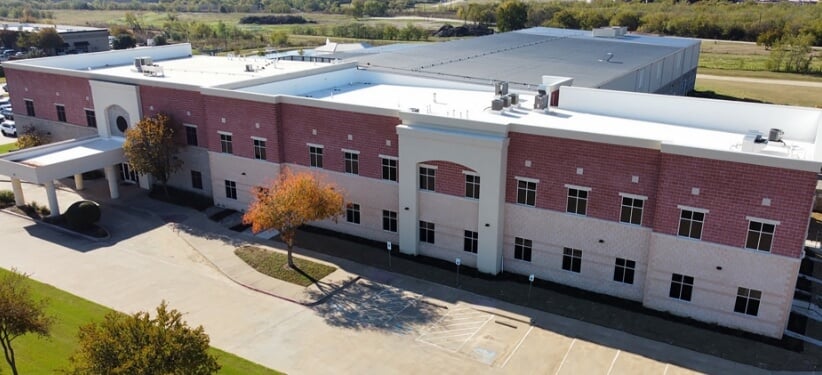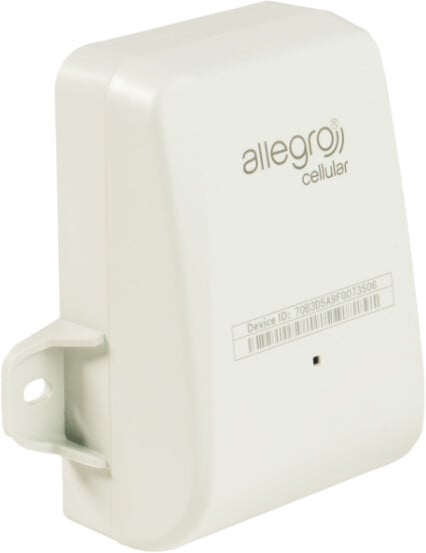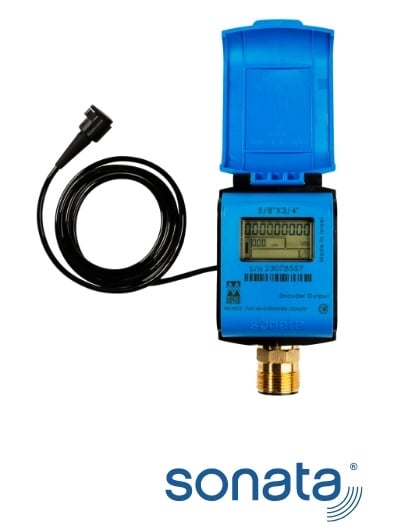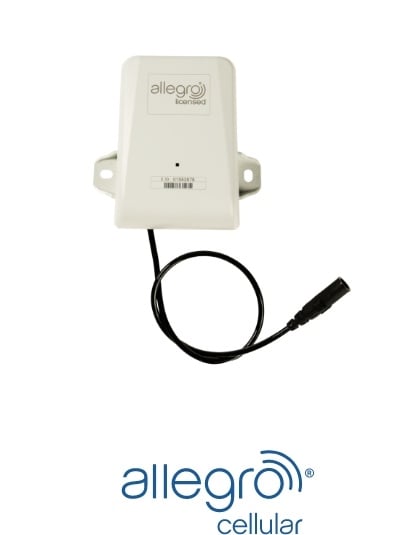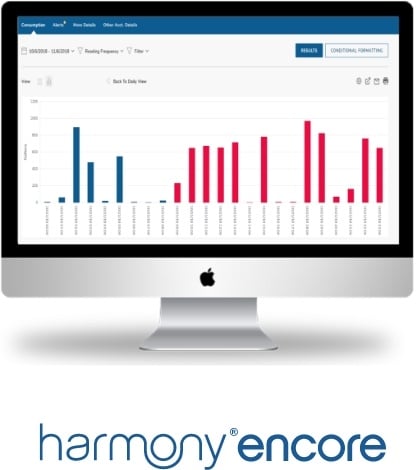smart metering
From Innovation to Industry Standard: Celebrating 16 Years of Octave
In 2009, the Octave Ultrasonic Meter redefined the landscape of commercial and industrial water metering. Sixteen years later, it remains a trusted solution for utilities navigating today’s infrastructure challenges. This milestone reflects more than longevity. It highlights Octave’s role in ...
